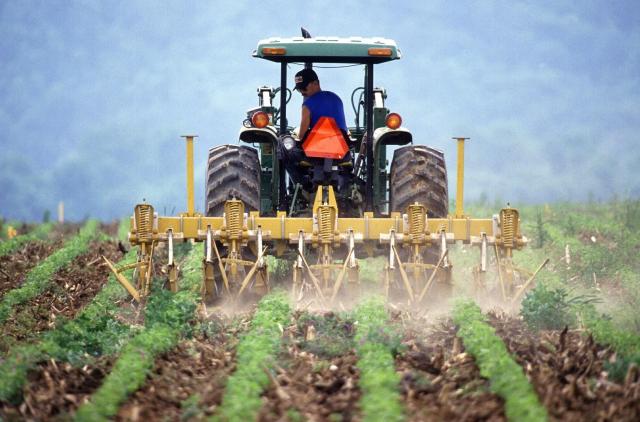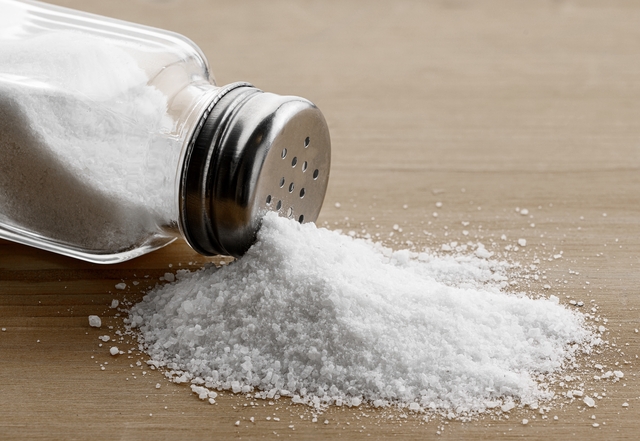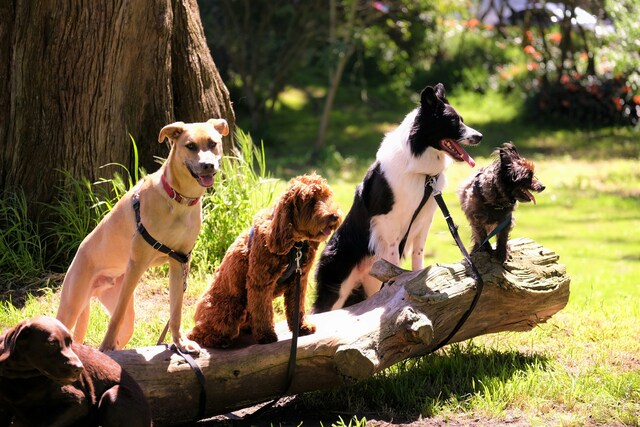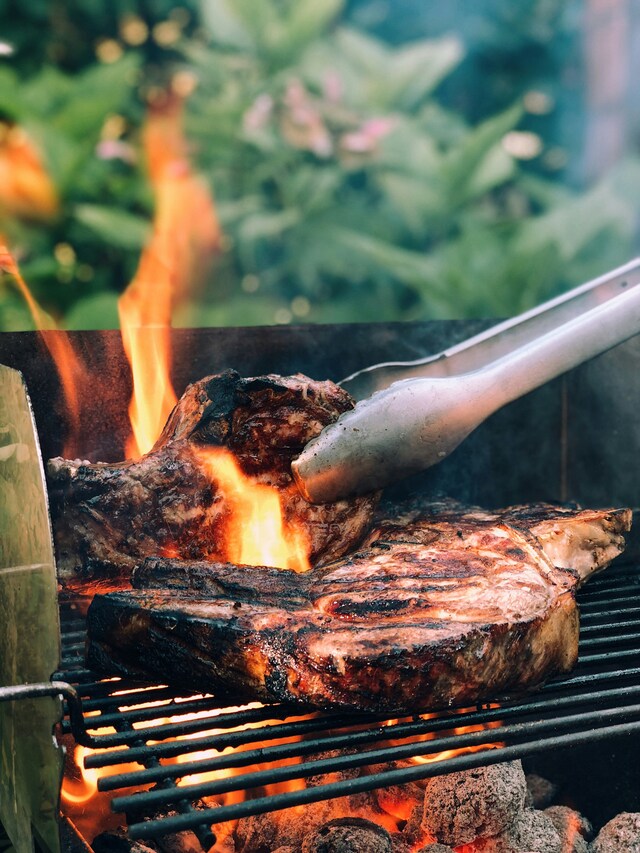Leading agriculture organisations in the Yarra Ranges have put forward a case for protecting the region’s food supply capacity and reducing the harms of the urban sprawl.
Recent submissions to an upcoming State Government inquiry by Agribusiness Yarra Valley, Yarra Ranges Council and Keep Yarra Valley Fruit Fly Free brought into perspective the effects of the peri-urban categorisation and the importance of the green wedge.
The Yarra Ranges is a key production zone for berry and orchard fruits, wine grapes, beef and grain, with floriculture and other forms of horticulture, including nursery plants known in the area.
Agribusiness Yarra Valley stated in its submission that horticulture alone employs 6000 seasonal workers during harvest season, with a farm gate value of approximately $700 million.
The Yarra Valley’s wine industry is also said to contribute upwards of $100 million to the Victorian economy.
But as production costs, biosecurity threats, climate change and higher rates impact farmers in the region, the fear of losing an important cohort of people and the arable land is a real challenge.
Further impacted by the peri-urban classification, Agribusiness Yarra Valley submitted that this hinders the farming community because they “are not eligible to apply for government grants or initiatives that other regional and rural council areas in the State are eligible for”.
“Urban Sprawl and demand for land in the Yarra Ranges has driven up the value of farmland to the point where it is becoming economically unviable to farm. The farming community is ageing, and many are ceasing farming operations all together,” the submission added.
Keep Yarra Valley Fruit Fly Free regional coordinator Bronwyn Koll shared similar concerns based on her own family’s experience.
“In my experience, the urban sprawl has pushed my family and farming relatives over three generations from what are now inner and outer east Melbourne suburbs to the typical ‘Yarra Valley’ locations we currently farm,” she said.
“The Yarra Valley is now fast following the same demise, becoming full of ‘lifestyle’ parcels or subdivision lots in the peri-urban space, forcing farmers to farm with greater constraints, or affordability of rates is pushing them ‘further out’.”
Star Mail has previously reported on the push for a reclassification to peri-regional by Yarra Ranges Council to not only improve funding opportunities but to support the extensive green wedge zone in the shire.
The Yarra Ranges is 2500 square kilometres, with approximately 30,000 hectares of land being used for farming.
The council’s submission claimed that “agriculture is the fifth largest industry generating $785.8m in gross revenue, $493 in regional exports and employs 2167 people”.
Keeping the urban growth boundary (UGB) “unchanged” was key to the council’s submission, given the “ongoing latent pressures to expand urban development into some adjoining green wedge areas”.
Protecting the agricultural land but allowing easier planning controls for farmers to adapt to changing climates, whether that be the need to erect sheds or greenhouses, the council said would be a fine balance but an essential part of ensuring the longevity of farming.
Increasing pressure to diversify traditional farms to agritourism would also require balance, despite the economic benefit of ancillary uses like accommodation, function centres, exhibition centres, restaurants, and concerts and events.
“While these land uses have potential to support tourism and economic development, they can also conflict with nearby agricultural land and activities for a wide range of reasons, from amenity to use of local roads,” the council said.
The planning controls around these uses and farm gates, the council stated, would need to be explored and regulated by the State Government to protect food supply.
Agribusiness Yarra Valley also wanted to see the introduction of ‘Right to Farm’ laws to protect agricultural land.
As a region Ms Koll said the biosecurity threats are increasing with everything from noxious weeds to foxes and deer, as well as Queensland fruit fly.
“Biosecurity in a peri-urban space is more difficult to achieve than compared to a more traditional farming zone, where there is more unity in the approaches taken, and options to take actions that can’t be taken in a peri urban environment,” she said.
Yarra Ranges Council also held its concerns about the impact of dumping soil from larger urban developments such as the level crossing removal in green wedge areas.
“Unmanaged soil and earth storage can negatively impact waterways, ecosystems, landscapes, habitat, and agricultural land, increase truck traffic on rural roads, and cause dust and noise impacts.”
The Legislative Assembly Environment and Planning Committee’s food supply inquiry looks to create a viable future for peri-urban farmers and food manufacturers.
“With our state’s population expected to rise above 10 million by the 2050s we must ensure we have enough arable land to sustain all of our food production needs,” Committee Chair Juliana Addison said.
“Agriculture and farming industries crucially provide the fruits, vegetables, meat, dairy and countless other foods all of us rely on every day.”
Public hearings will be held throughout May with a final report expected no later than 31 December this year.







